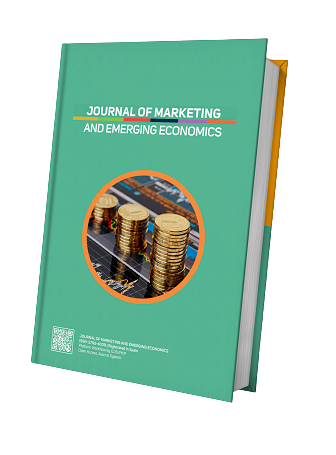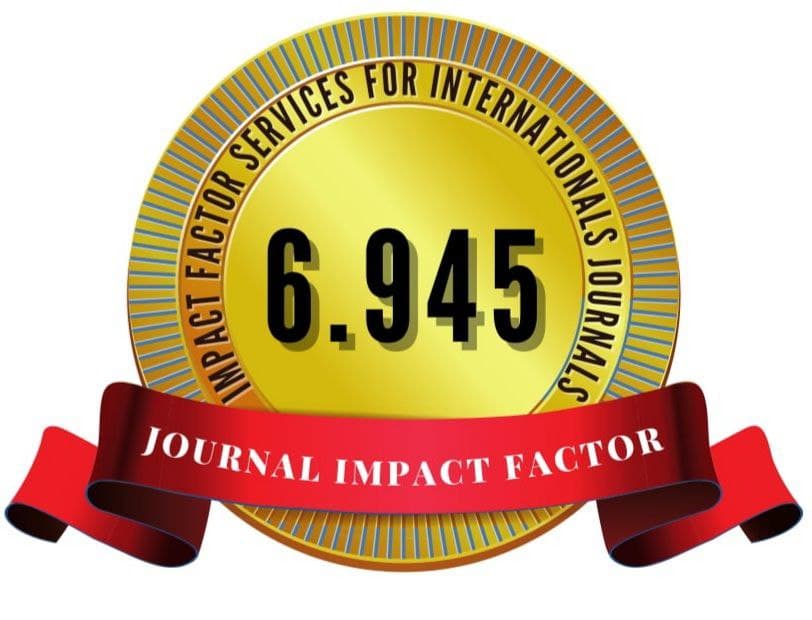Bibliometric Analysis of Research Trends in Islamic Finance and Investment
Keywords:
Islamic Finance, Investment, Bibliometric Analysis, Scoups Database, VOS ViewerAbstract
This study provides a bibliometric analysis of Islamic finance and investment, highlighting contributions and trends in the field from 2003 to 2023, using information from the Scopus database and displayed using the VOS viewer software. To chart the present state of international research on Islamic finance and investment, the PRISMA-compliant analysis includes an evaluation of the leading journals, nations, organizations, authors, document counts, and citation frequencies. We analyzed a corpus of 607 scholarly articles and found that Malaysia ranked first with 184 publications. International Islamic University Malaysia was the most productive institution, with 48 documents, and Hassan, M.K., was the most prolific author, with 22 articles and 9,427 citations. The Journal of Islamic Accounting and Business Research has the highest average citation per item. In contrast, the International Journal of Islamic and Middle Eastern Finance and Management has the most publications (33). Capital markets, Fintech, mutual funds, Sukuk, Islamic banks, commerce, and investing are some major trends. The results shed light on the industry's regulatory obstacles and provide policy suggestions to advance the growth of Islamic finance and investment and realize its potential advantages. Scholars, policymakers, and practitioners can rely on this bibliometric review as a fundamental resource when navigating the complexities of Islamic finance.
References
[1] M. A. Al-Jarhi, "An economic theory of Islamic finance," ISRA International Journal of Islamic Finance, vol. 9, no. 2, pp. 117–132, 2017, doi: 10.1108/ijif-07-2017-0007.
[2] E. A. Firmansyah and Y. A. Faisal, "Bibliometric analysis of Islamic economics and finance journals in Indonesia," Al-Muzara’Ah, vol. 7, no. 2, pp. 17–26, 2020, doi: 10.29244/jam.7.2.17-26.
[3] T. Ondes, A. F. Ahmid, and A. Faraj, "Financial performance of Islamic banks in Turkey and the United Kingdom: A comparative study," European Scientific Journal ESJ, vol. 15, no. 4, 2019, doi: 10.19044/esj.2019.v15n4p87.
[4] B. Tijjani, M. Ashiq, N. Siddique, M. A. Khan, and A. Rasul, "A bibliometric analysis of quality research papers in Islamic finance: evidence from Web of Science," ISRA International Journal of Islamic Finance, vol. 13, no. 1, pp. 84–101, 2020, doi: 10.1108/IJIF-03-2020-0056.
[5] M. I. Tabash, "The flow of Islamic finance and economic growth: an empirical evidence of Middle East," Journal of Finance and Accounting, vol. 2, no. 1, p. 11, 2014, doi: 10.11648/j.jfa.20140201.12.
[6] M. Ridhwan, F. Johari, and M. M. Yusoff, "Eight years of Journal of Muamalat and Islamic Finance Research (JMIFR) (2004-2011): A way forward," Library Philosophy and Practice, 2013, October.
[7] A. H. Ibrahim and A. Nurmandi, "Range of publications for e-government services: A review and bibliometric analysis," Journal of Information Technology Management, vol. 15, no. 2, pp. 164–182, 2023, doi: 10.22059/jitm.2022.336969.3000.
[8] M. Rahman, C. R. Isa, T.-T. Tu, M. Sarker, and M. A. K. Masud, "A bibliometric analysis of socially responsible investment sukuk literature," Asian Journal of Sustainability and Social Responsibility, vol. 5, no. 1, 2020, doi: 10.1186/s41180-020-00035-2.
[9] M. A. Choudhury, M. S. Hossain, and M. T. Mohammad, "Islamic finance instruments for promoting long-run investment in the light of the well-being criterion (maslaha)," Journal of Islamic Accounting and Business Research, vol. 10, no. 2, pp. 315–339, 2019, doi: 10.1108/JIABR-11-2016-0133.
[10] A. S. Abubakar, "Islamic banking and investment financing: A case of Islamic banking in Kenya," International Journal of Finance, vol. 2, no. 1, pp. 66–87, 2017.
[11] M. M. Alshater, M. K. Hassan, A. Khan, and I. Saba, "Influential and intellectual structure of Islamic finance: A bibliometric review," International Journal of Islamic and Middle Eastern Finance and Management, vol. 14, no. 2, pp. 339–365, 2021, doi: 10.1108/IMEFM-08-2020-0419.
[12] F. Fahimnia, M. Damerchiloo, M. Khandan, and M. Eltemasi, "A framework for assessing the quality of Wikipedia articles: A meta-synthesis of the literature," 20(1), pp. 91–118, 2022.
[13] D. Mishra, A. Gunasekaran, T. Papadopoulos, and S. J. Childe, "Big data and supply chain management: A review and bibliometric analysis," Annals of Operations Research, vol. 270, no. 1, pp. 313–336, 2018, doi: 10.1007/s10479-016-2236-y.
[14] S. Mishra, B. D. Fegley, J. Diesner, and V. I. Torvik, "Self-citation is the hallmark of productive authors, of any gender," pp. 1–21, 2018.
[15] M. K. Shahid, A. A. Khin, L. C. Seong, M. Shahbaz, and F. Ahmad, "Mapping the relationship of research and development expenditures and economic growth through bibliometric analysis: A theoretical perspective," Journal of the Knowledge Economy, 2024, doi: 10.1007/s13132-024-01781-8.
[16] P. Mishra, "Journal of Big Data: A bibliometric analysis," Journal of Big Data, 2023.
[17] S. Aziz and M. Iqbal, "A bibliometric and visualization analysis of Islamic fund management research," 15(2), pp. 573–594, 2024, doi: 10.1108/JIMA-04-2023-0116.
[18] N. Jan and L. V. E. Ludo, "Software survey: VOSviewer, a computer program for bibliometric mapping," Scientometrics, vol. 85, no. 3, pp. 523–538, 2010, doi: 10.1007/s11192-009-0146-3.
Downloads
Published
How to Cite
Issue
Section
License
Copyright (c) 2025 Husny Gibreel Musa Saleh, Amadou Gissay, Yankuba Mamburay

This work is licensed under a Creative Commons Attribution 4.0 International License.






